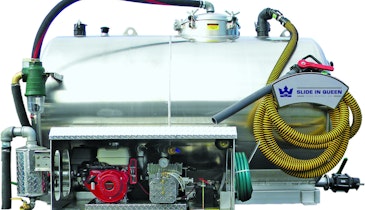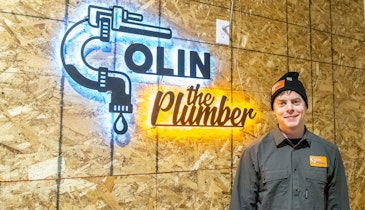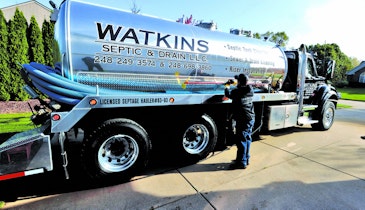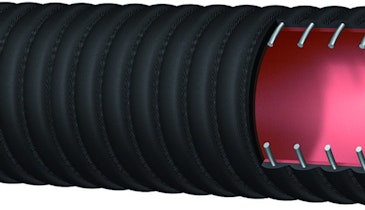Question:
I have learned about onsite sewage systems by attending a number of seminars and workshops. I have passed the required tests, am certified for inspections and am employed by the local department of health. One of my jobs next spring will be to inspect the installation of sewage systems. What are some things I should look for when performing an inspection?
Answer:
Passing some tests does not really tell how much you have learned about onsite sewage treatment. Being certified is your “ticket” to learn a lot more.
Let’s hope you have a basic knowledge of how onsite systems work and how they should be installed. But your real education will begin when you get out into the field. If you have a colleague in your office, he or she would be a good place to turn for help. However, I sense from your question that you will be working on your own to conduct inspections.
One of the first things you should do is get to know the installers working in your area. The health department likely has a list of licensed installers. Send out a note or call each installer and introduce yourself. Explain that you would like to meet each one personally. Set up an informal coffee hour at a local restaurant where you provide the coffee and goodies. You might do that several times. It would be good to do this in the offseason when the installers are not real busy.
Your introduction should state that you have the responsibility to work with the installers to make sure that the onsite systems are installed properly and according to code.
In the trenches
Ask the installers what they expect from you. Tell them that as an employee of the health department, you are obligated to enforce local codes for onsite sewage treatment systems. Ask the installers what they like about the code and what they don’t like about it. Find out if some provisions of the code are not acceptable to the installers. Maybe some changes are needed. Maybe some objectionable features are technically not sound. Listen to the installers’ comments.
Recognize that some of your installers have been in business for many years. They know what works and what doesn’t work for their customers. As you get started in your job, many installers will know much more about onsite sewage treatment systems than you do. Take on a humble attitude and learn from them. Also recognize that some installers are more knowledgeable than others. Learn which ones do the best jobs.
When inspecting onsite sewage treatment systems, what are some things you should do?
• First, inspect the site where the onsite system is to be installed. Be sure the system is laid out in the area where the site evaluation was performed. If this is not true, the layout must be changed before work begins. The designer must be contacted and the system properly located. This is your job and not the job of the installer. When the installer comes to the jobsite, the system should have been approved by you.
• With a trench system, the excavation of trenches must not take place if the soil is wetter than the plastic limit. You will be given the argument that the onsite system is needed right away by the homeowner. However, insist the septic tank be used as a holding tank and pumped until the soil is dry enough for proper trench installation. You will be doing any future homeowners a favor by insisting the onsite system be properly installed. This is where your basic knowledge will be useful.
• Drop by installations unannounced. Inspect the installation activities. Look at the trench sidewalls to see if the soil has been smeared. Look for footprints and other activity in the bottom of the trench that might smear the soil. Inspecting a trench after the rock is placed will tell you little about what went on during installation.
• Check the gravity distribution system for sewage tank effluent. Hopefully your local code will specify the use of drop boxes for serial distribution. The drop boxes should bring the effluent level to the top of the trench rock. Geotextile fabric must be placed over the top of the rock to prevent soil cover from filtering down into the rock layer.
• If distribution boxes are used, do not allow the top of the rock in the lowest trench to be lower than any outlet of the distribution box. This feature must be part of the system design. If the lowest trench becomes overloaded, effluent will back up to the distribution box and flow to other trench outlets. It will prevent seepage of effluent to the ground surface from an overloaded trench.
• While it is important that the top of the trench rock be level throughout the length of each trench, don’t be a “nitpicker.” It is most important that the far end of the trench is at the same elevation as the head end of the trench. If some of the top rock layer is a little higher or lower, point this out but don’t insist on absolute perfection. What you should be looking for are major violations of the sanitary code that will affect future operation and life of the system.
Coming next month
The answer to this month’s question will continue in the Septic System Answer Man column next month, as I discuss mound systems and other features of onsite systems.





